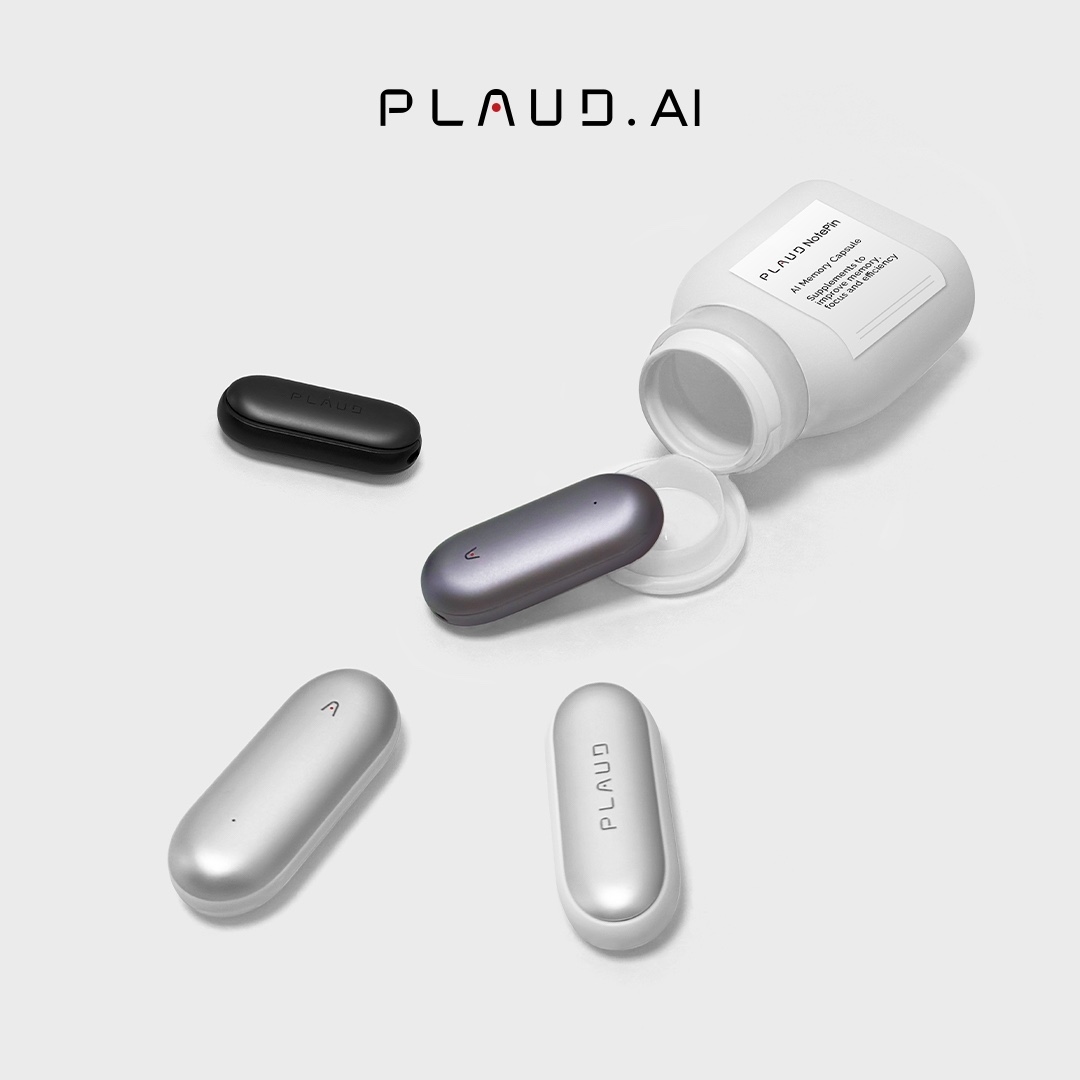
In today’s fast-paced world, capturing and organizing information efficiently is paramount. Enter the Plaud NotePin, an AI-powered wearable designed to streamline the note-taking process. As a tech enthusiast, I’ve had the opportunity to explore this device in depth, and here’s my comprehensive review.
Design and Build Quality
The Plaud NotePin boasts a sleek, pill-shaped design that is both minimalist and functional. Weighing just a few grams, it’s incredibly lightweight, making it comfortable for prolonged use. The device offers versatile wearing options:
• Necklace: Wear it around your neck for easy access during meetings or lectures.
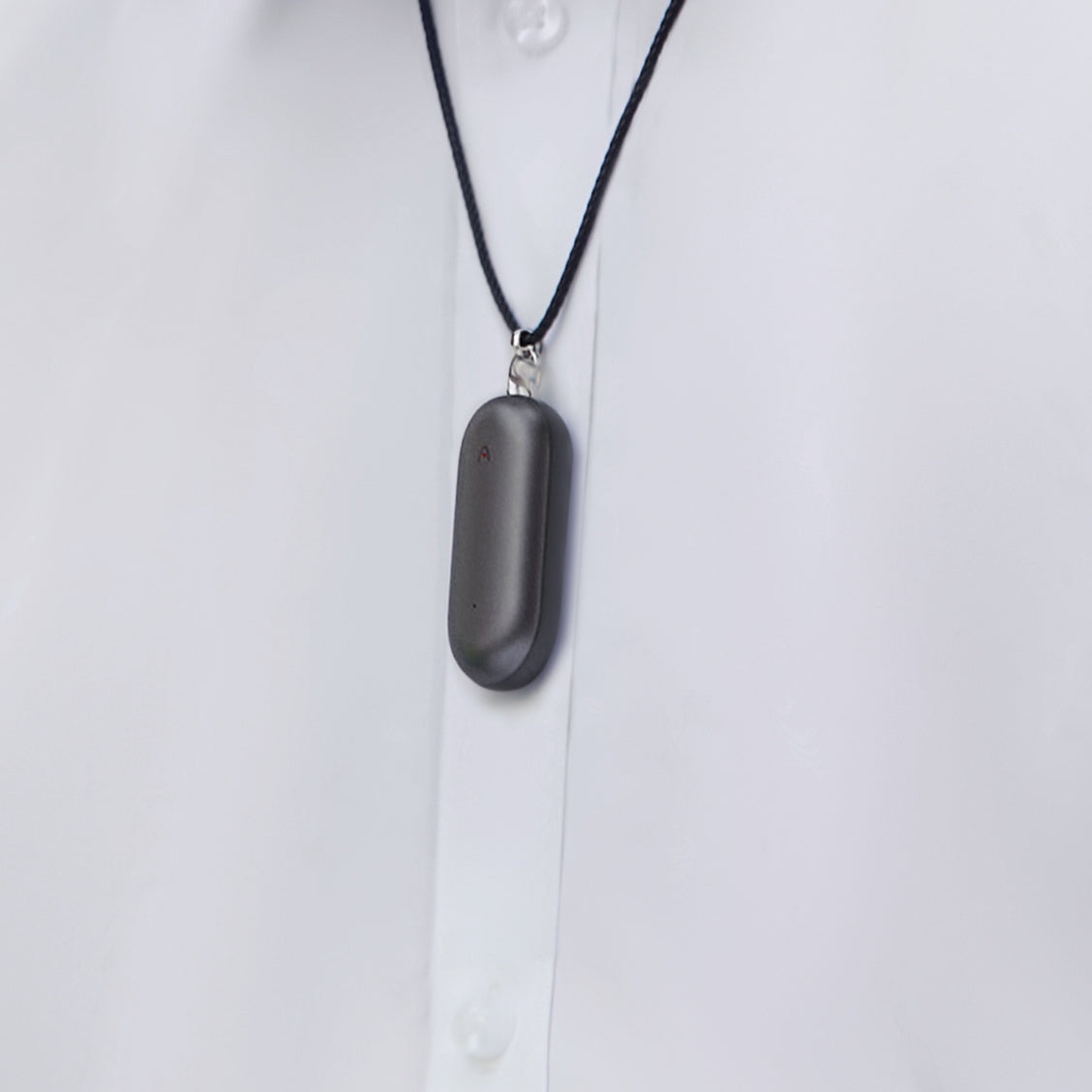
• Clip: Attach it discreetly to your clothing or bag.
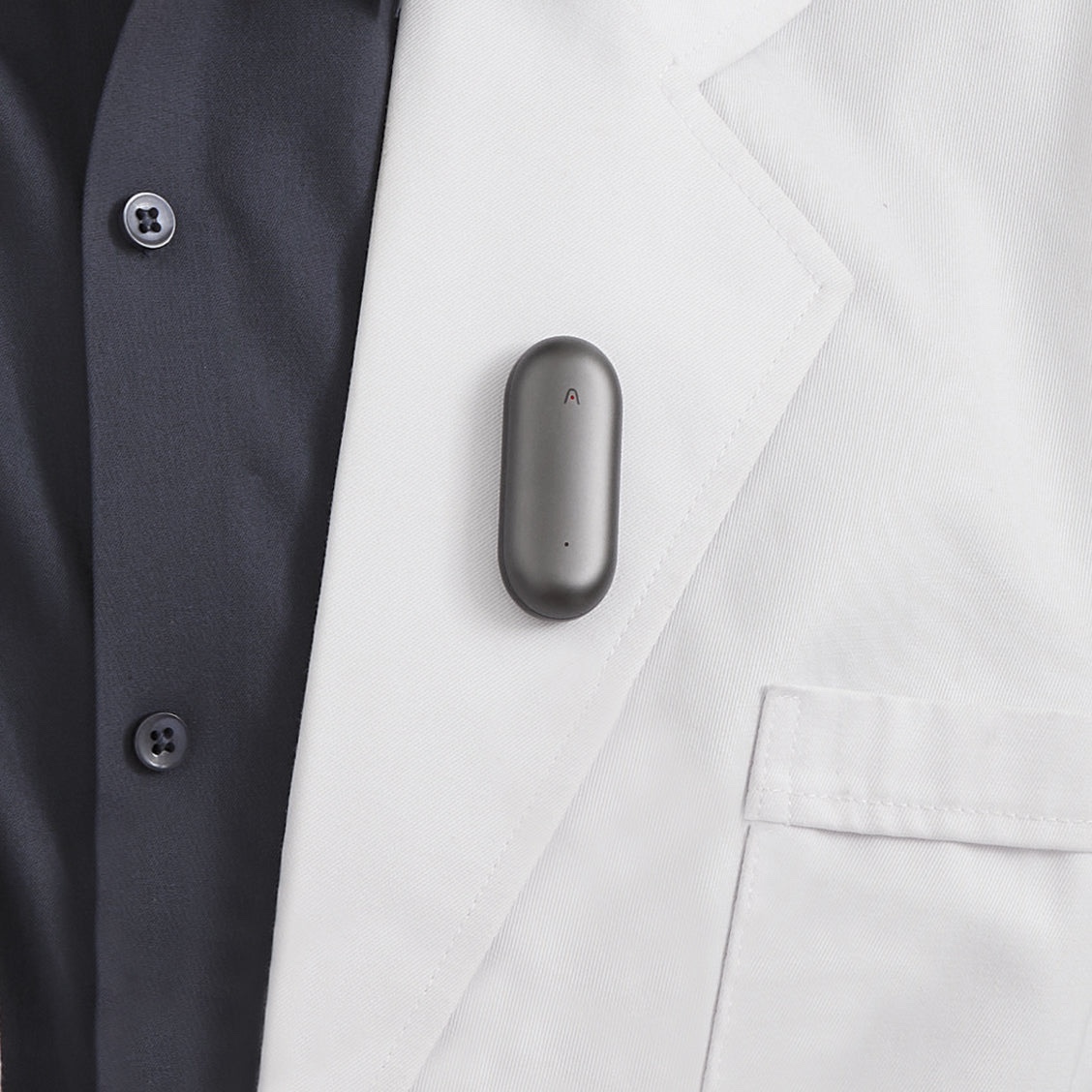
• Wristband: Use it as a wrist accessory, resembling a fitness tracker.
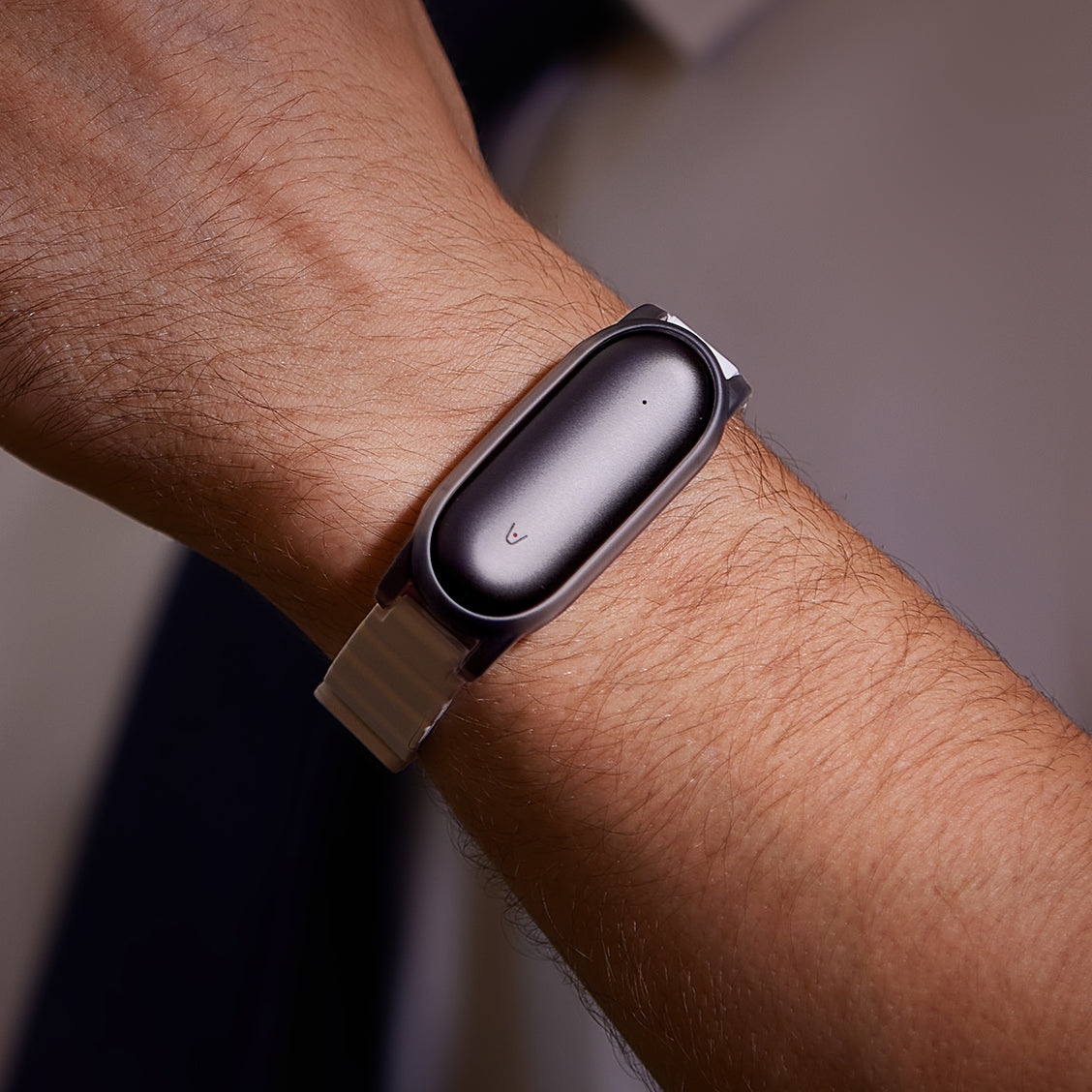
This flexibility ensures that the NotePin can seamlessly integrate into various lifestyles and professional settings.
Key Specifications
• Dimensions: Compact and unobtrusive, enhancing portability.
• Battery Life: Offers up to 20 hours of continuous recording and a standby time of up to 40 days.
• Storage: Equipped with 64GB internal storage, capable of holding numerous recordings.
• Connectivity: Bluetooth-enabled for seamless pairing with the Plaud app.
• Audio Quality: High-fidelity microphones ensure clear and accurate audio capture.
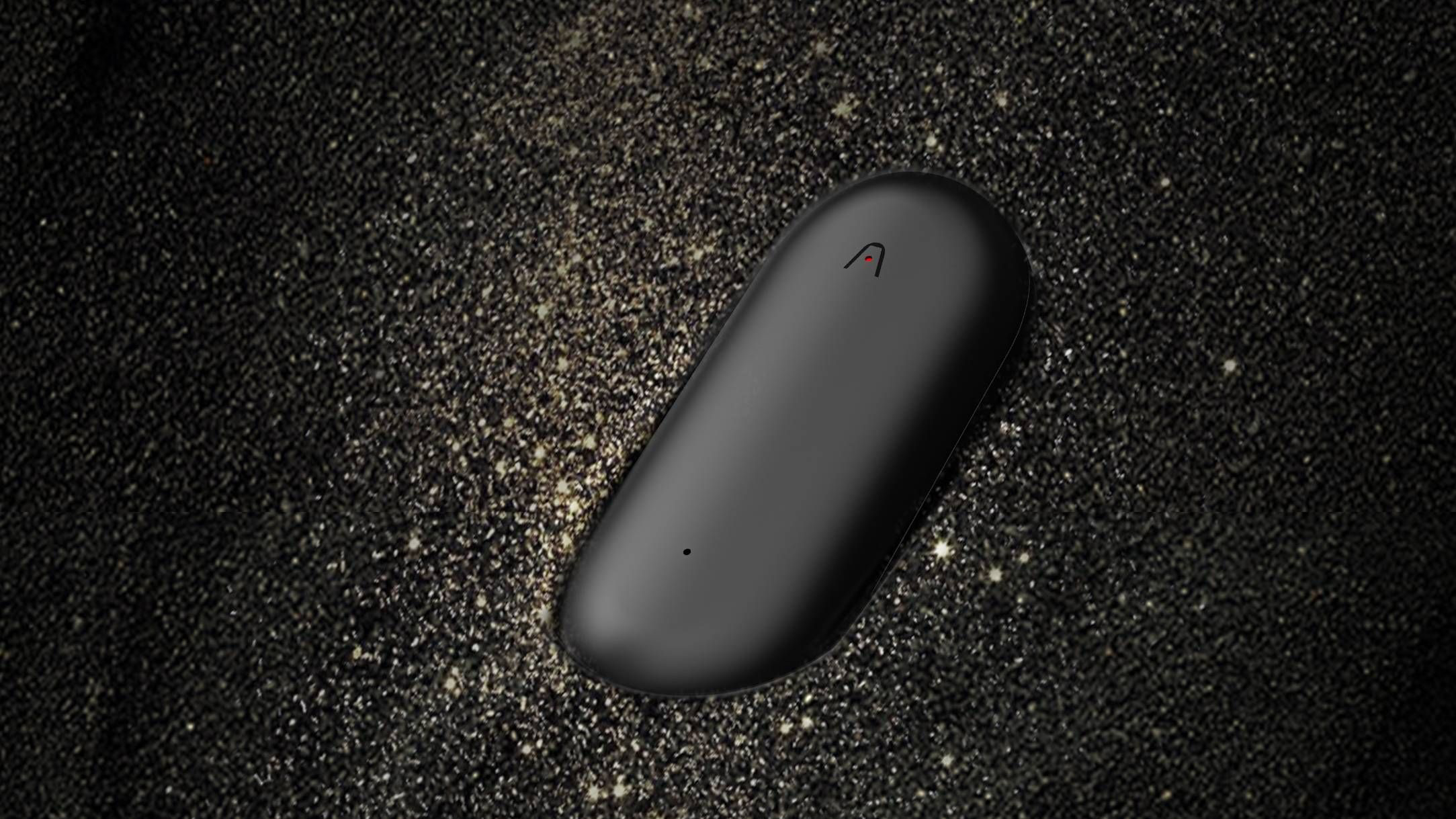
Features and Functionality
AI-Powered Transcription and Summarization
One of the standout features of the NotePin is its advanced AI capabilities. After recording, the device can:
• Transcribe: Convert spoken words into text with impressive accuracy.
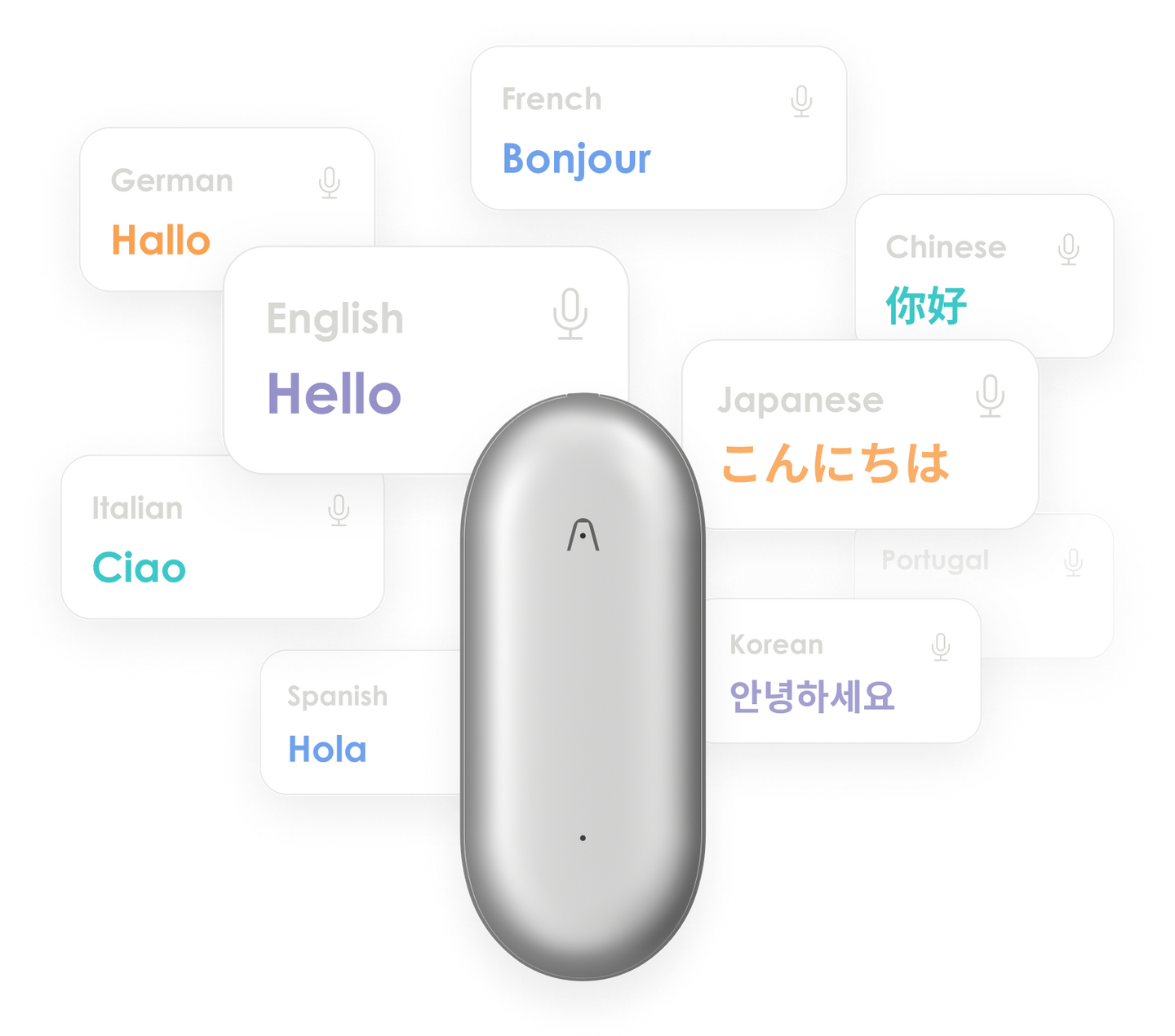
• Summarize: Generate concise summaries, highlighting key points from lengthy discussions.
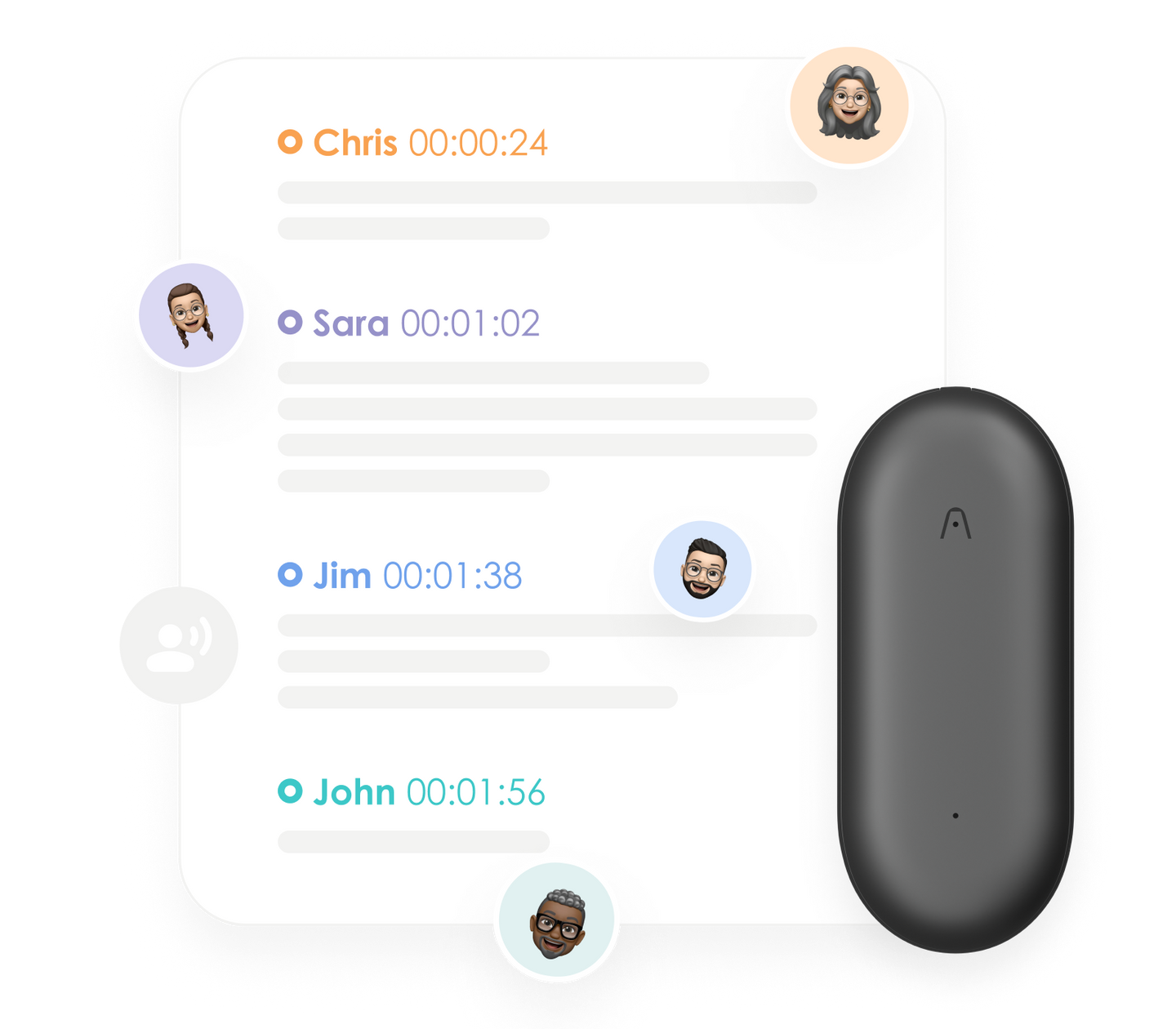
• Organize: Utilize over 20 professional templates to structure notes, including meeting minutes and to-do lists.
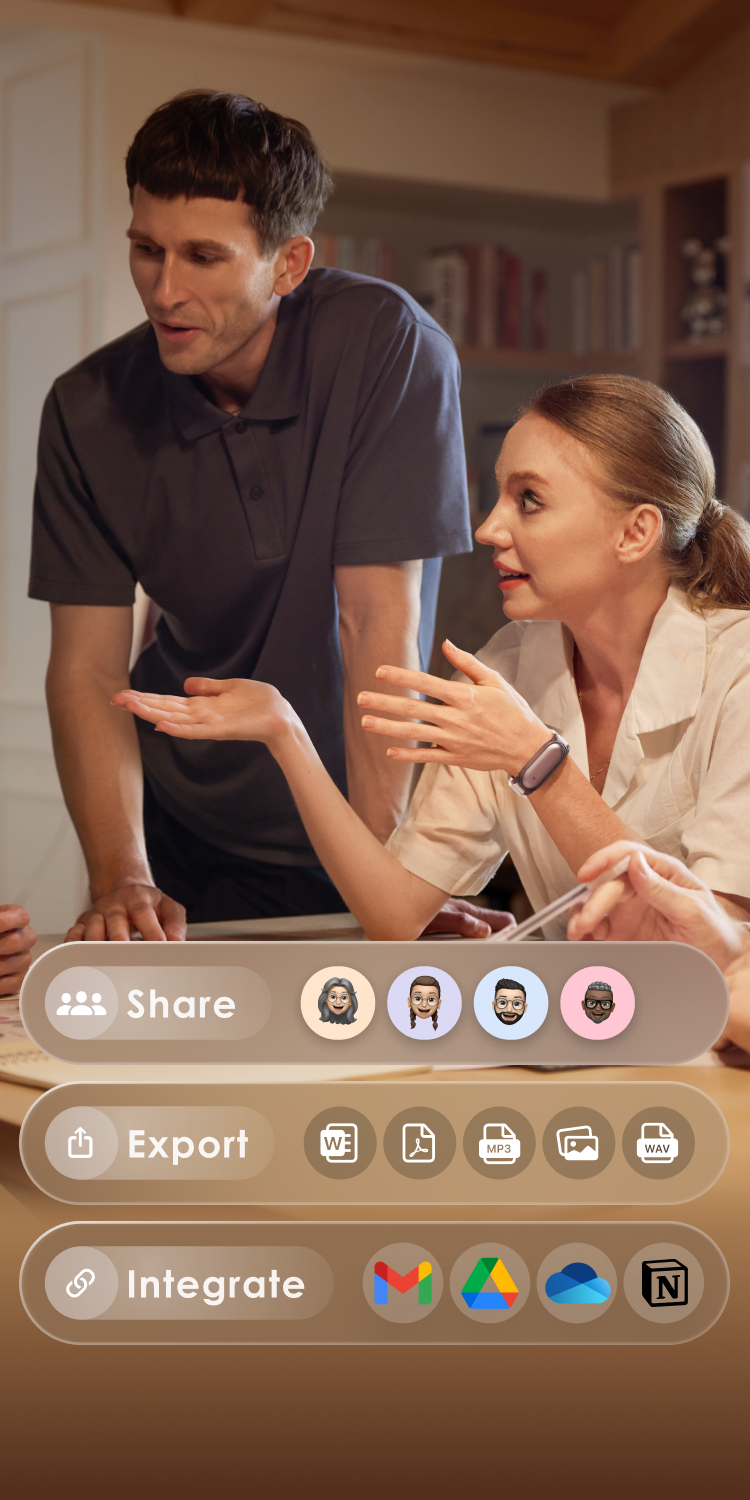
These features are invaluable for professionals who need to review and reference information efficiently.
User Experience
The NotePin is designed with user convenience in mind:
• One-Button Operation: Start and stop recordings effortlessly.
• LED Indicators: Provide visual cues for device status.
• Vibration Alerts: Ensure discreet notifications during use.
Pairing the device with the Plaud app enhances the experience, allowing users to manage recordings, access transcriptions, and customize settings.
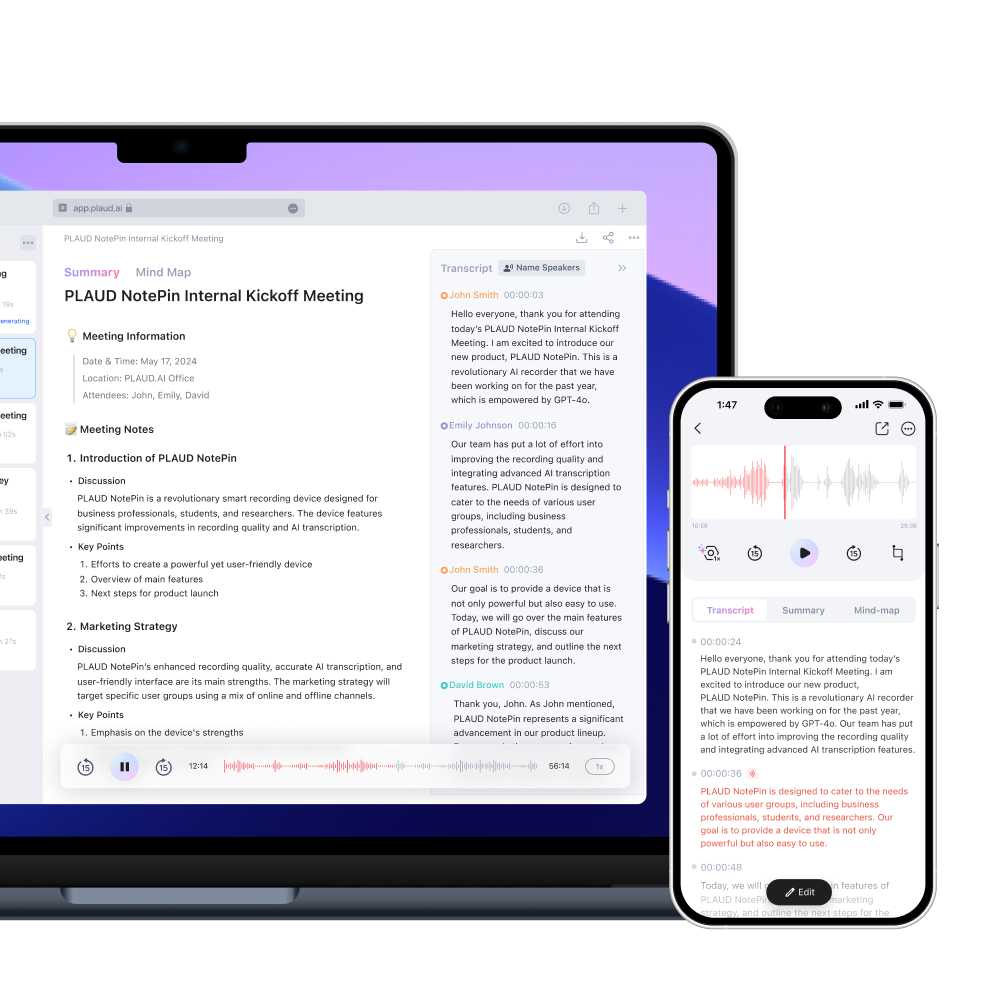
Practical Applications
The Plaud NotePin excels in various scenarios:
• Business Meetings: Capture discussions without the distraction of manual note-taking.
• Lectures: Students can record lectures and receive organized summaries for study purposes.
• Interviews: Journalists can transcribe interviews accurately, streamlining the writing process.
• Brainstorming Sessions: Teams can record creative sessions and extract actionable insights.
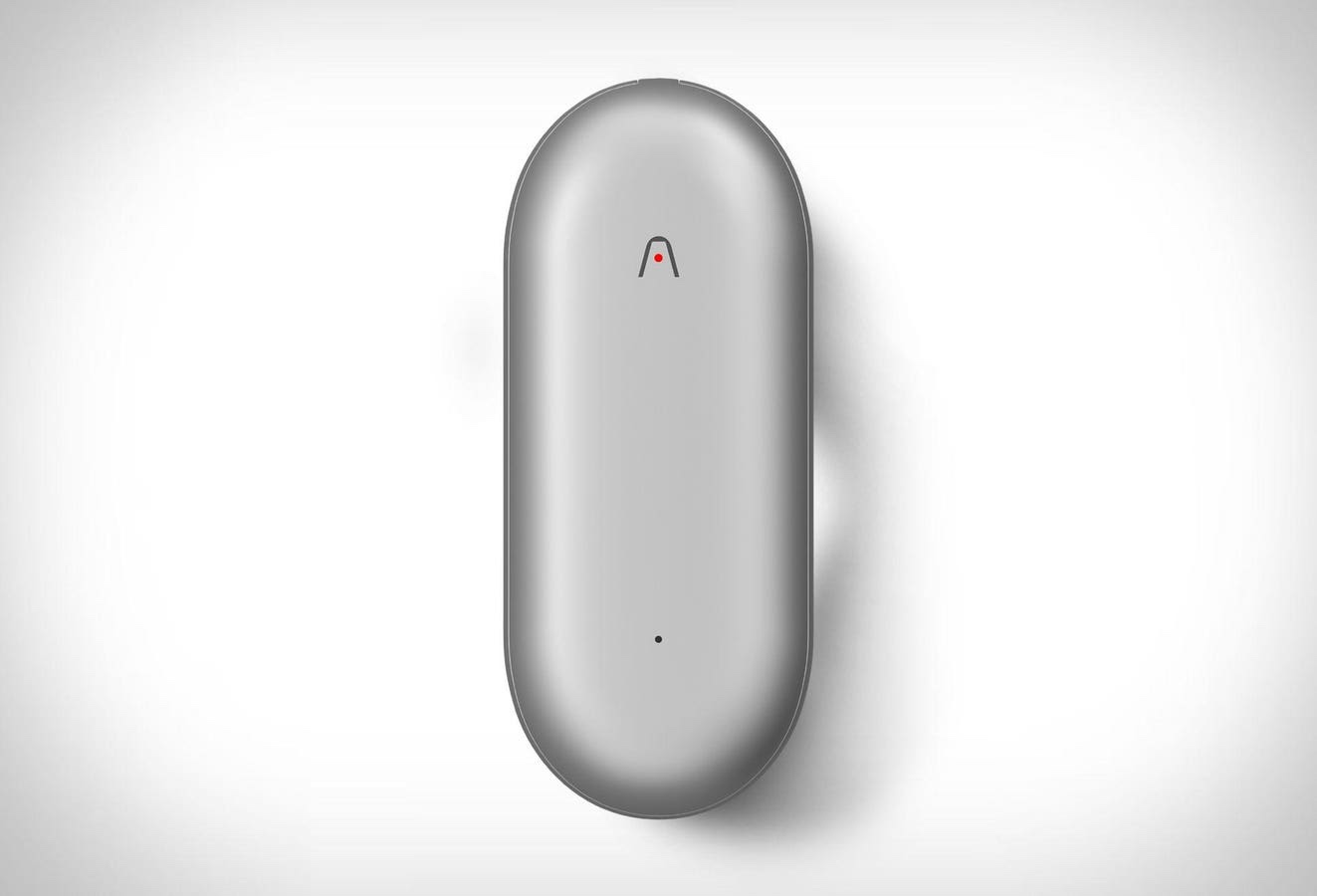
Its discreet design ensures that it doesn’t draw attention, allowing for natural and uninterrupted conversations.
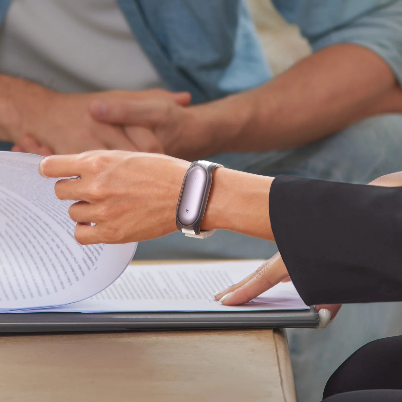
Conclusion
The Plaud NotePin is a compelling device for those seeking an efficient and unobtrusive way to capture and organize spoken information. Its advanced AI capabilities and versatile design make it a valuable tool for professionals, students, and anyone aiming to enhance their productivity. However, potential users should consider the subscription costs and assess how it fits into their existing workflow.
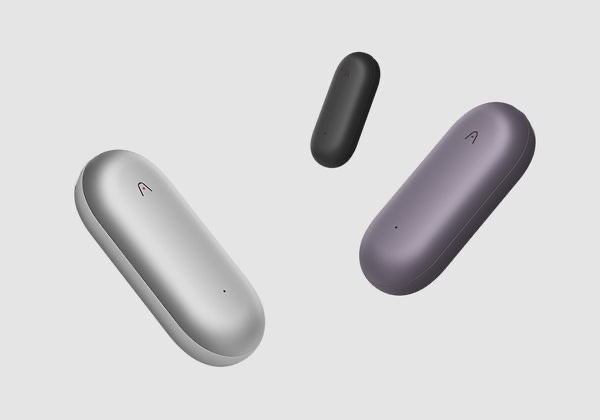
Price
The Plaud NotePin is priced at $169. For users seeking enhanced features, there’s an optional AI Pro Plan subscription available at $79 per year, which offers additional functionalities and increased transcription minutes.
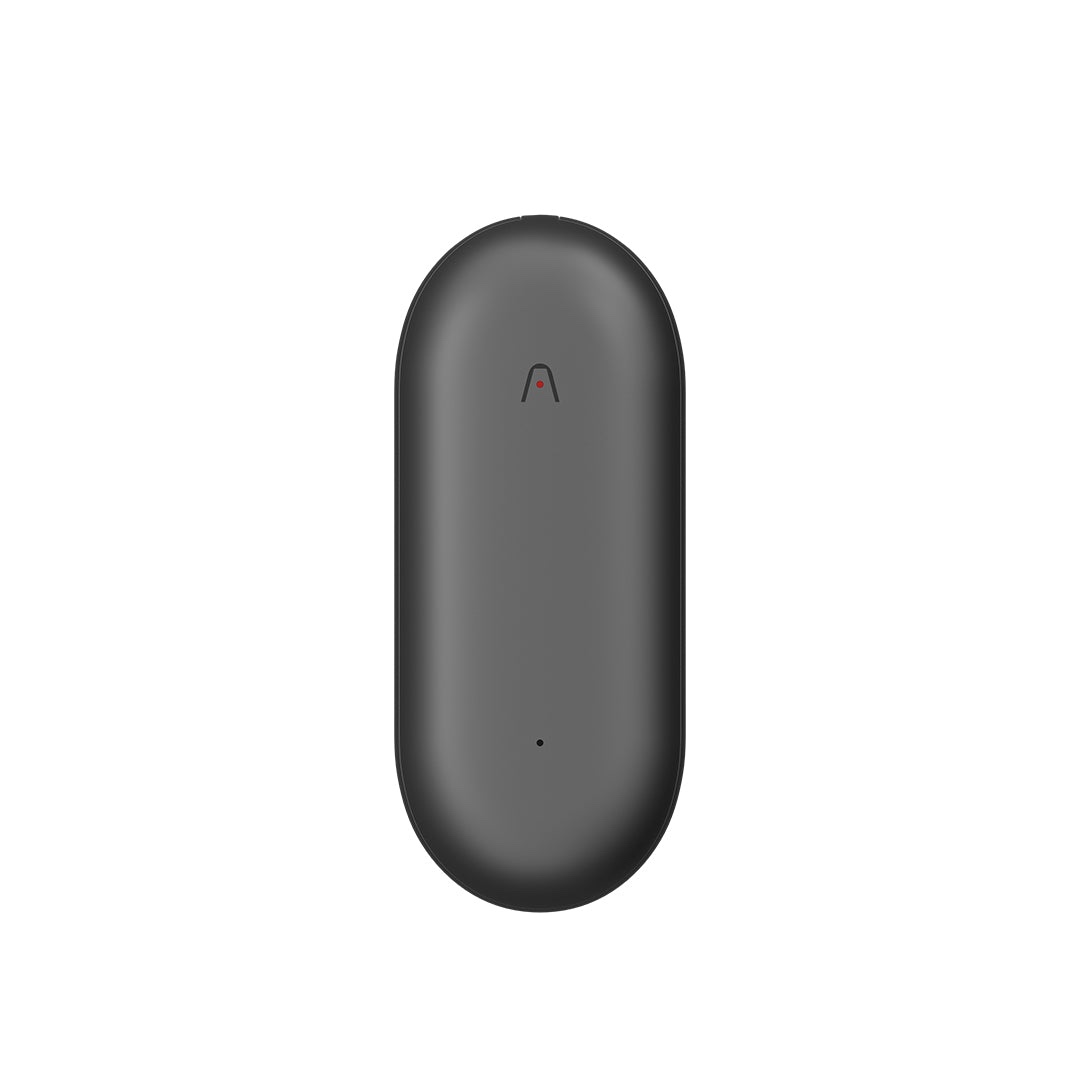
Pros and Cons
Pros:
• Compact and Stylish: Easily integrates into daily attire without being obtrusive.
• Advanced AI Features: Accurate transcription and insightful summarization enhance productivity.
• Long Battery Life: Suitable for extended use, reducing the need for frequent charging.
Cons:
• Subscription Model: Advanced features require a subscription, with the Pro plan priced at $79 per year.
• Integration Limitations: Managing recordings within the Plaud app can be less intuitive compared to other digital tools.
• Market Competition: With smartphones offering similar functionalities, the necessity of a dedicated device may be questioned.







